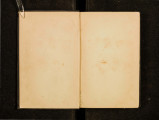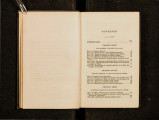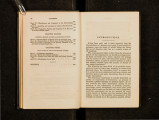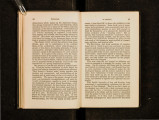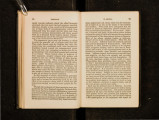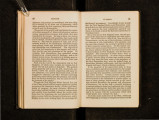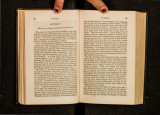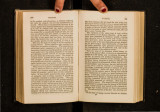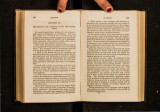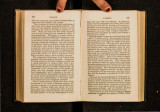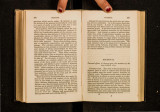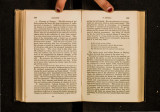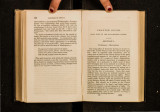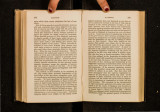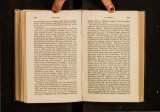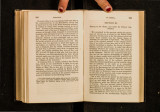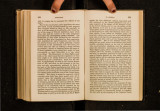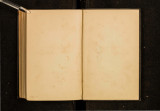| OCR Text |
Show 138 DESPOTISI\1 and not without success. The quantity of this orticle worked up by the British manufacturers is steadily mcrea~1~g; ~n~ when we recollect how completely the Bnttsh md1go planters in India, sncceeded in destroymg the cultivation of indigo in the United States wln?h was on~e a ve_ry considerabl.c business, by pro~ dncmg a s~penor article at a less pnce, the competition of the lndtan cotton planters, however some ignorant person~ ~ay ridicule. i~, is. by no means to be despised. Add1t1onal compe1tt1on IS to be expected from Africa. The Egypt1an cottons are already well known as of very superwr quality; and it seems highly probable that the French w11l presently introduce the same sort of cultivation in~o their Algerine possessions. On the whole It must be confessed that the single prop of the cultivation of cotton forms a most slender fragile ~nd uncertain support, 'on which to rest th~ prospcnty of an extensive and increasing population. SECTION VI. Comparative Progress and Prosperity of tlte Free and of tlte Slavc-ltolding States. It is a. fact too obvions to be denied even by the most preJUdiced observers, that the slave-holdin& states of .the Union are far inferior to the free states, il~ every thmg that constitutes civilization -in wealth in ed~ lca~ion! in t~1e useful and ornam~ntal arts, in' public 1 ~nstttut~ons, m public spirit, in literature, in science, 1n dens1ty of population, in faci lity of intercourse, in the splendor of cities, the neatness of towns, Jhe com· forts and conveniency of individual dwellings. Of the thtrteen states which originally composed the Unwn, slavery still prevails in six. It has been abolished in the others, where indeed it never existed to IN AI\IERICA, 139 any considerable. extent. These old free states, by the separation of 1\!Iaine from 1\'lassachusctts and the admission of Vermont, increased to nine in number, include an area of about one hundred and fifty thousand square miles; the extent of the six old slave states is upwards of two hundred thousand square miles. By the first census inl790, the former contained a population of 1,908,000 souls; the population of the latter amounted to 1,848,000. Fifty years after, by the census of 1840, the population of the old free states amounted to 6,760,880, while the population of the sLx old slave states was only 3,826,323. The census of 1850 shows the continued operation of the same causes, the free section having gained upon the population of 1840 to the extent of 1,553,834, while the increase in the slave section is but 713,312, or less than half as much. Density of population, and the existence of towns and cities, arc essential to any great degree of soc1al progress. Brought thus into contact, mmd acts upon mmd; what is discovered by one soon becomes known to all; emulation leads to new discoveries and enterprises i competition constantly exerts its beneficial influence; the division of labor that essential means of improvement, is not practicable among a sc~ttcred population; cities are the central points from wh1ch knowledge, enterprise, and civilization stream out upon !he surrounding country. In the eight free States above referred to, we fmd three large cities, New York, Philadelphia, and Boston, the first of which is generally regarded as the commercial metropolis of the Union. 'fhere are not less than twenty other considerable towns which ~rc growing with rapidity, and several of which promtse to rise to the first importance. Villages containing five or six thousand inhabitants, are quite numcrons; new ?nes are springing up every day, and others arc passmg from the class of villages into that of towns. How different a pitture is presented by the old slave States ! They contain but one c1ty deservmg the name, nnd that one, be it observed, is situated npon |



